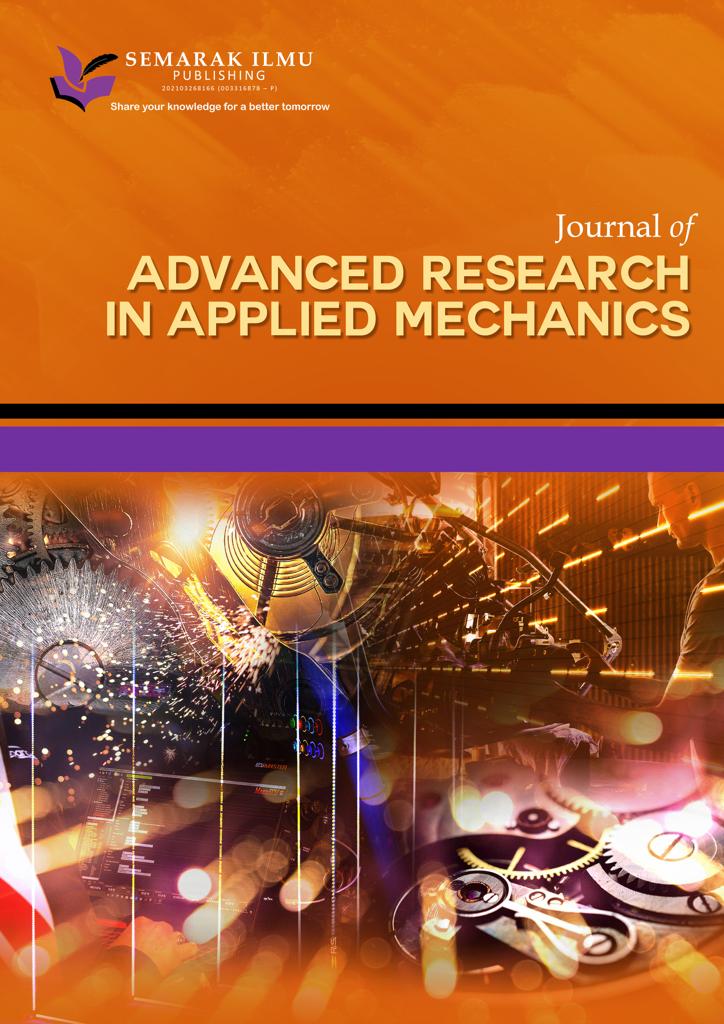Power Optimization of The Horizontal Axis Wind Turbine Capacity of 1 MW on Various Parameters of The Airfoil, an Angle of Attack, and a Pitch Angle
DOI:
https://doi.org/10.37934/arfmts.103.2.141156Keywords:
Airfoil, angle of attack, blade element momentum, HAWT, optimization, pitch angle, wind speedAbstract
The rotor is one of the vital components of a wind turbine. In the design of the rotor, the expected result is the most optimal power. This purpose study is to optimization of the Horizontal Axis Wind Turbine power of various parameters such as airfoil, angle of attack, and pitch angle. Airfoils (NACA 4412-2412 T.E. mod, NACA 2412-4412 T.E. mod, NACA 4412-2412 L.E. mod, NACA 2412-4412 L.E. mod), angle of attack (0, 2, 4, 6), and pitch angle (0, 1, 2, 3) are the parameter variations used. The simulation method uses BEM (Blade Element Momentum), and the Taguchi for optimization is based on the L16 orthogonal array matrix. The ANOVA has to determine the contribution of each parameter to the HAWT power generated. Simulation and optimization results show that the most optimal parameter was a NACA airfoil 4412-2412 L.E mod, at 0˚ angle of attack and 0˚ pitch angle, with the resulting power reaching 1015780 Watt. The ANOVA analysis shows the airfoil parameter has the greatest contribution to the rotor power of the HAWT compared to the angle of attack and pitch angle.
Downloads



























